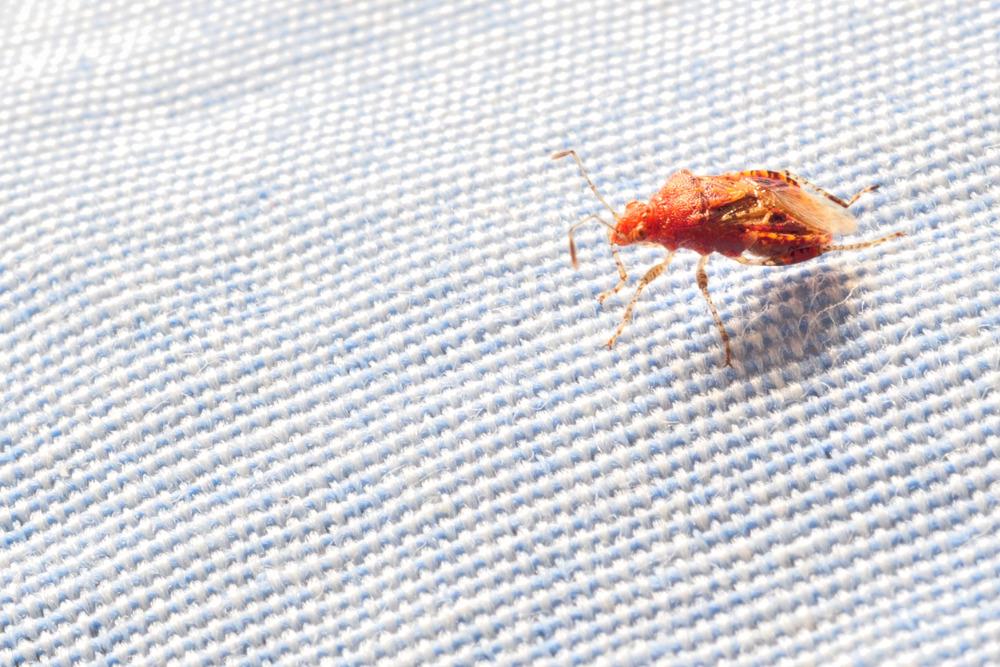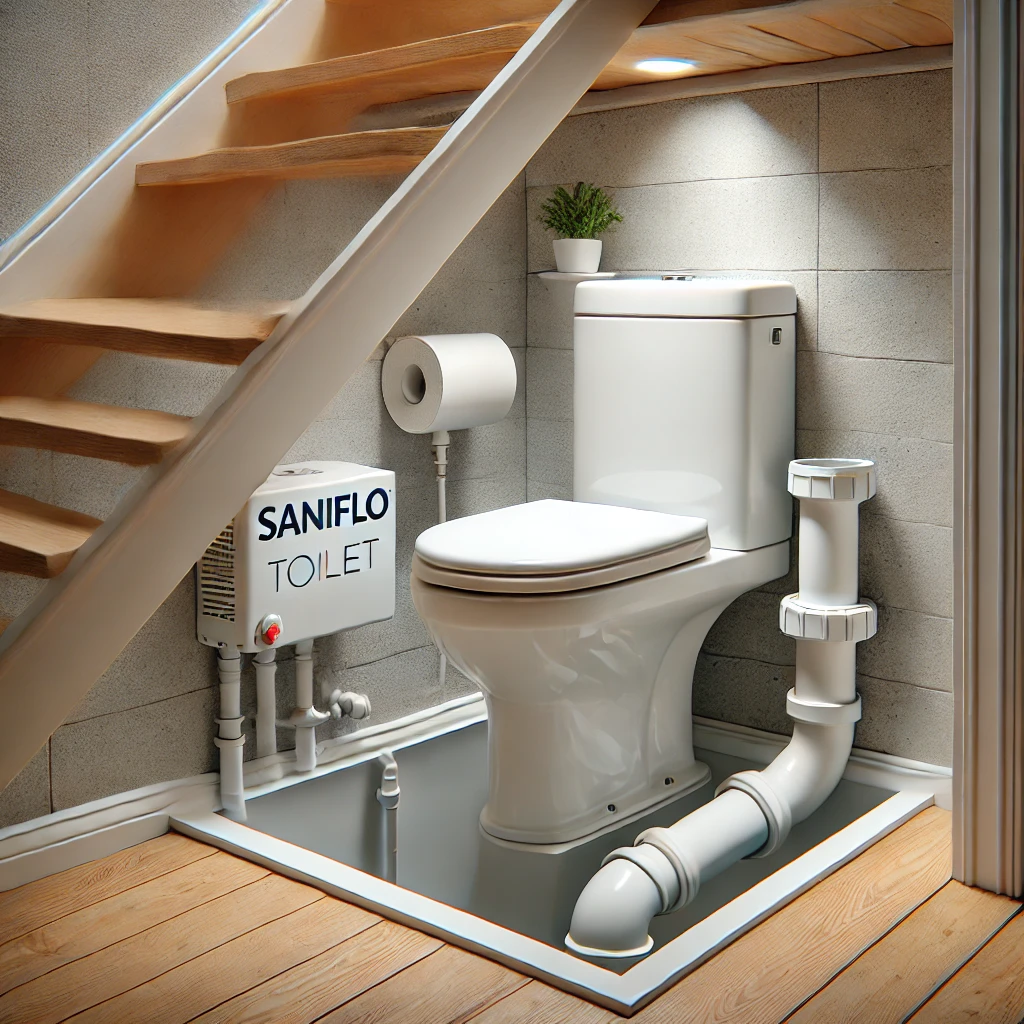Bed bugs are one of the most dreaded household pests, known for their resilience and ability to spread quickly. While spotting live bed bugs can be difficult due to their small size and nocturnal nature, one of the telltale signs of an infestation is the presence of bed bug shells. These discarded exoskeletons indicate that the pests are actively growing and reproducing in your home. Understanding what these shells look like, where to find them, and how to eliminate them is crucial for maintaining a pest-free environment.
What Are Bed Bug Shells?
Bed bug shells, also known as exoskeletons or casings, are the outer layers that bed bugs shed as they grow through their five nymph stages before becoming adults. These shells are left behind as the bugs molt, allowing them to grow larger. Because bed bugs undergo multiple molting phases, a single infestation can produce a significant number of discarded shells.
If you come across what looks like dead bug shells, it is essential to inspect further as this could be an indication of an ongoing infestation. You can learn more about identifying dead bed bug shells.
How to Identify Bed Bug Shells
To effectively detect bed bug shells in your home, you must know what they look like. Here are some characteristics:
- Size: Typically range from 1mm to 5mm, depending on the growth stage.
- Color: Light brown or translucent in appearance.
- Texture: Fragile and dry, easily crumbling upon touch.
- Shape: Oval and similar in structure to a live bed bug but hollow.
These shells are commonly found in areas where bed bugs hide, such as bedding, furniture crevices, and carpets.
Where to Find Bed Bug Shells in Your Home
Bed bugs tend to hide in dark, warm, and undisturbed areas. If you suspect an infestation, check the following locations:
1. Mattresses & Bedding
Bed bugs often hide along mattress seams, under sheets, and around pillows. If you notice tiny brownish casings in these areas, they are likely bed bug exoskeletons.
2. Furniture & Upholstery
Check along the edges of furniture, behind headboards, and in couch cushions. Bed bugs frequently shed their skins in these areas as they move around.
3. Carpet & Rugs
Since bed bugs crawl on surfaces in search of food, their shells may be left behind on carpets or rugs, especially near baseboards.
4. Cracks & Crevices in Walls
Any small cracks or crevices in walls, floorboards, or even electrical outlets may house bed bug shells.
For additional insight into how to identify a bed bug exoskeleton, check out this guide.
Why Are Bed Bug Shells a Red Flag?
Finding bed bug shells is a significant warning sign because it means bed bugs are actively growing and reproducing in your home. This suggests a potentially severe infestation that requires immediate action. If ignored, bed bugs can multiply rapidly, making it harder to eliminate them completely.
How to Get Rid of Bed Bug Shells and Prevent an Infestation
If you’ve discovered bed bug shells in your home, it’s crucial to act quickly. Here’s how you can get rid of them and prevent future infestations:
1. Thorough Cleaning and Vacuuming
- Use a vacuum cleaner with a strong suction to remove bed bug shells from carpets, mattresses, and furniture.
- Empty the vacuum bag immediately in an outdoor trash bin to prevent reinfestation.
2. Wash and Dry Infested Items
- Wash all bedding, clothing, and fabrics in hot water and dry them on the highest heat setting.
- Heat effectively kills bed bugs and their eggs, stopping their life cycle.
3. Use Steam Treatment
- A steam cleaner can penetrate deep into furniture and mattresses, killing bed bugs and destroying their shells.
- Steam should be applied at a temperature of at least 120°F (49°C) to ensure effectiveness.
4. Apply Bed Bug Sprays and Powders
- Use bed bug-specific insecticides or diatomaceous earth to kill any remaining bed bugs and prevent further infestation.
- Ensure safe application by following product instructions carefully.
5. Seal Cracks and Crevices
- Since bed bugs hide in small gaps, sealing cracks in walls, furniture, and flooring can limit their movement and hiding spots.
6. Use Mattress Encasements
- Covering your mattress and box spring with bed bug-proof encasements can trap any remaining bed bugs inside, preventing them from feeding or spreading.
7. Consider Professional Pest Control
- If the infestation persists, hiring a professional pest control service is the best way to eliminate bed bugs completely.
- Experts use heat treatments, fumigation, and specialized techniques to eradicate infestations at all life stages.
Preventing Future Bed Bug Infestations
To avoid dealing with bed bugs in the future, take these precautionary steps:
- Regularly inspect your home for signs of bed bugs.
- Be cautious when bringing second-hand furniture into your home.
- Avoid placing luggage on beds or carpets when traveling.
- Use protective mattress covers to reduce hiding spots for bed bugs.
Conclusion
Discovering bed bug shells in your home is a clear indication of an infestation that needs immediate attention. By understanding what bed bug shells look like, where to find them, and how to eliminate them, you can take proactive steps to safeguard your home. If the infestation persists, professional pest control may be necessary to ensure complete eradication. Stay vigilant, practice good hygiene, and take preventive measures to keep your home free from these unwelcome pests.









